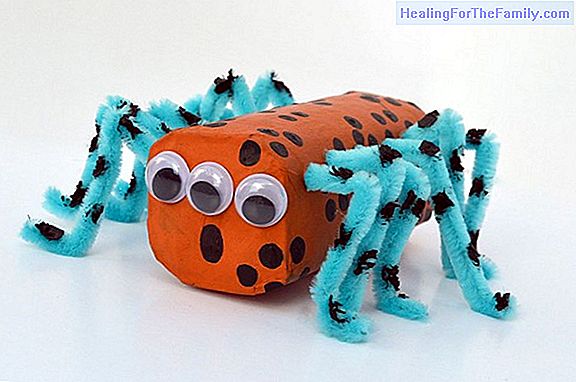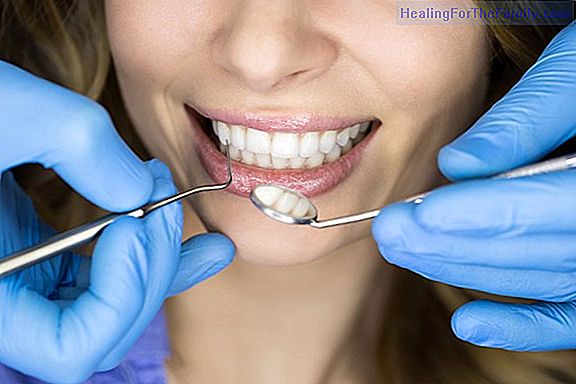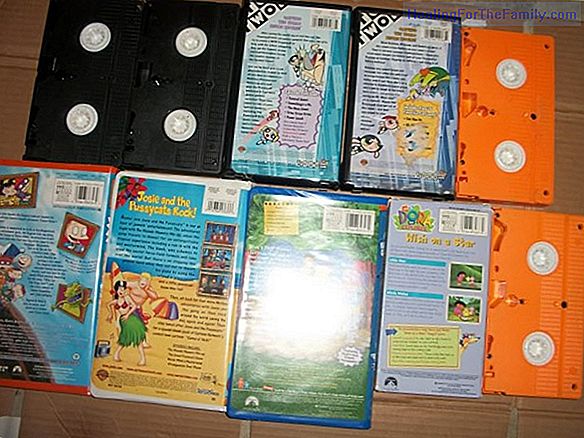Fish and children. Benefits and risks
Fish is an indispensable food in our children's diet, but we must take certain precautions. For example, we must clean it well, see that there is no spine and take special care with the fish more likely to carry some type of parasite such as anisakis . Blue fish, in addition, should not be introduce
Fish is an indispensable food in our children's diet, but we must take certain precautions. For example, we must clean it well, see that there is no spine and take special care with the fish more likely to carry some type of parasite such as anisakis. Blue fish, in addition, should not be introduced too early in the children's menu. We explain why.
What fish can children take and what are their benefits

Blue or white fish? For a long time, even the pediatricians did not agree. Some insisted on the importance of including blue fish in the infantile day and others warned about the high percentages of mercury that many of these fish presented (especially swordfish and mackerel). But nowadays, almost all doctors recommend the consumption of both types of fish at least twice a week. Of course, while white fish (hake, whiting, sole, rooster ...) can be introduced into the diet of babies from 12 months, blue fish is not convenient to do before 18 months, by the amount of fatty acids that contains (has 5% fat versus 2% of white fish).
And what are the blue fish? Tuna, sardines, anchovies, areque, swordfish, horse mackerel ...
While white fish provides children with calcium, iron, iodine and vitamins (vitamin A, B1, D and E), blue fish it is also a source of omega-3 fatty acids.
The danger of fish bones in children
Many parents prefer to reduce the proportion of fish their children take because of fear of having thorns. But nowadays it is very easy to get rid of them. In the fish shop you can ask to get the part of the fish that has less thorns. The fishmonger himself can make a first cleaning. Before preparing it, look again. You can guide yourself better by touch and remove any thorn you detect. Finally, before your child eats the fish, cut it into small pieces to make sure there are no spines left. You can give it in the porridge if it is still small or in small pieces if it is already chewing.
There are fish that are free of thorns, such as emperor or tuna steaks. And others that are less recommended for the child because the spines are much more difficult to remove, as in the case of the sardine. In any case, children must be accustomed to chewing since they are small, so that they can locate any hard object in their mouths.
The danger of fish parasites in children
Nowadays it is difficult to find fish with parasites, but it can happen. There are innocuous parasites, and others that can be dangerous to health. The most aggressive parasite is anisakis. It is found in the intestines and viscera of the fish (it can be in hake, whiting, anchovies, bacaladitos, anchovies ...). To avoid any risk, in addition to cleaning it well inside, it is better to conge the fish for at least 48 hours at a temperature of -18ºC.
It is the only way to kill the anisakis parasite. In addition, frozen fish does not lose its properties. You only notice a little in the taste. The free fish of any type of problem is the one of the preparations of industrial form, like the sticks of hake. They are more attractive to the eyes and palate of children but also contain less omega 3 and provide more fat when served fried.
How mercury affects some fish in children
It is true that blue fish contains more mercury than white, a metal that in large doses can be harmful to the nervous system (especially in the early years of life). Mercury (and other heavy metals) are present in the water due to contamination. However, the properties of blue fish are many.
Therefore, pediatricians recommend including it in the menu of children from 18 months but in smaller quantities than in the case of white fish. The fish with the most mercury content are: swordfish, deep-sea perch, shark and mackerel.












